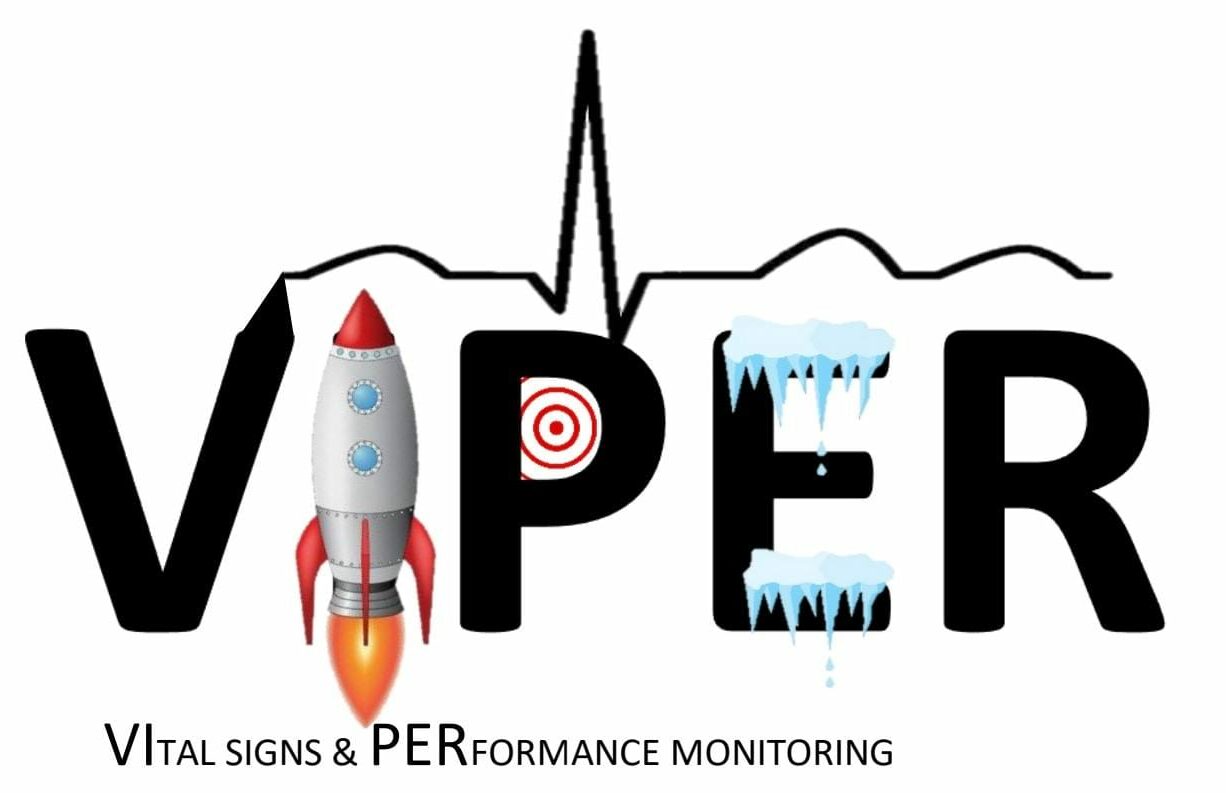GEMINIDS
Team
Principal investigator: Prof. Dr. Nathalie Pattyn (VIPER, Royal Military Academy)
Publications
What
Despite the current Decompression Sickness (DCS) mitigation measures, an actual occurrence of DCS is still anticipated during very-high-altitude mission, for both the A400M aircrew and parachute jumpers of the Special Operations Forces. Also, the default settings of the new dive computers reduce the current operational capabilities of the Belgian Navy divers, while potentially exposing them to a greater DCS risk.
The current project addresses this need for further research to mitigate DCS more efficiently in a military context. It is hypothesized that a new biophysical gas exchange model will accurately describe the actual inert gas state during different operational conditions, thereby enabling a more efficient DCS risk prediction and mitigation. Although past research efforts have provided a greater understanding of inert gas bubble formation and their effects, the same rudimentary inert gas exchange models from the beginning of the 20th century are still used without taking into account physiological parameters which are now deemed important.
Therefore, the first part of the project aims to characterize the actual inert gas state during changing environmental and physiological conditions using experiments, and to develop the novel model.
In a second part, the obtained model is applied to analyse military operations.
The successful completion of the project will allow us to understand more accurately the actual DCS risk for our military personnel, and to provide a set of suggestions and operational recommendations to minimize the DCS risk while maximizing the operational capabilities.
How
When
The study is currently ongoing.
